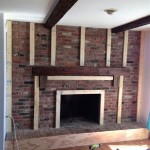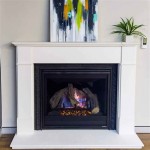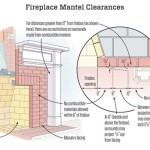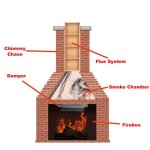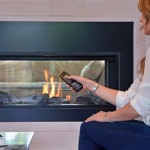Understanding the Gas Key for Your Fireplace
A gas key, often referred to as a gas valve or control valve, is a crucial component of any gas fireplace system. Its primary function is to regulate the flow of natural gas or propane to the burner, enabling the fireplace to operate safely and efficiently. This article will delve into the workings of a gas key, its importance in fireplace safety, and common issues that may arise.
How a Gas Key Works
The gas key is typically located near the fireplace's burner assembly and is connected to the gas supply line. It acts as a gatekeeper, controlling the flow of gas to the burner. Inside the gas key, a mechanism, often a diaphragm or a piezoelectric igniter, is activated by a switch or knob on the fireplace's control panel. This activation opens the valve, allowing gas to flow to the burner. When the switch or knob is released, the valve closes, stopping the gas flow.
Gas keys are designed with safety features to prevent accidental gas leaks. They incorporate a safety shut-off valve that will automatically close the gas flow if the flame goes out or if the pressure in the system drops too low. This safety mechanism is crucial for preventing the accumulation of flammable gas in the fireplace and the surrounding area.
Importance of a Functional Gas Key
A properly functioning gas key is essential for safe and efficient operation of your fireplace. It ensures a consistent gas supply to the burner, enabling the fireplace to produce the desired heat output and flame quality. Additionally, the safety features of the gas key prevent accidental gas leaks, minimizing the risk of fire hazards or carbon monoxide poisoning.
A malfunctioning gas key can lead to several problems:
- Inability to light the fireplace: If the gas key is not opening, gas will not reach the burner, preventing the fireplace from igniting.
- Unstable flames: A faulty gas key may cause the flame to flicker or go out intermittently due to inconsistent gas flow.
- Gas leaks: If the gas key is damaged or worn out, it may not close completely, resulting in a continuous gas leak.
- Overheating: A malfunctioning gas key may cause excessive gas flow, resulting in overheating of the fireplace.
Troubleshooting and Maintenance
If you suspect a problem with your gas key, it is crucial to address it promptly. Attempting to troubleshoot and repair the gas key yourself is not recommended, as it involves working with a flammable substance and requires specialized knowledge. It's best to contact a qualified gas appliance technician or your fireplace installer for professional inspection and repairs.
However, there are a few basic maintenance tasks you can perform to help ensure the longevity of your gas key:
- Regularly check for leaks: Use a soapy water solution to check for bubbles around the gas key and the gas supply line. If you detect any leaks, immediately contact a professional.
- Clean the gas key: Dust and debris can accumulate around the gas key. Gently clean the area with a soft brush or vacuum cleaner to remove any obstructions.
- Avoid excessive force: When operating the gas key, avoid using excessive force or twisting the knob beyond its intended range.
By understanding the role of the gas key and taking basic maintenance precautions, you can help ensure the safe and efficient operation of your gas fireplace.

3 Inch Fireplace Universal Gas Valve Key Chrome

Pro Flex Hearth Master Key Brushed Nickel Finish In The Gas Fireplace Log Accessories Department At Com

Hpc Fire Replacement Key

Are All Fireplace Keys The Same Answered Tips

Blue Flame 8 In Universal Gas Valve Key Polished Chrome Nky 01 The Home Depot

Affordable Universal Gas Valve Keys And Floor Plates For Fireplaces

Key Valves

Universal Decor And Key Kit For Gas Valves Valve Not Included Antique Brass Finish

Affordable Universal Gas Valve Keys And Floor Plates For Fireplaces

Key Valve For Safety Shutoff B C Comfort Fireplace Hvac Repair Installation

